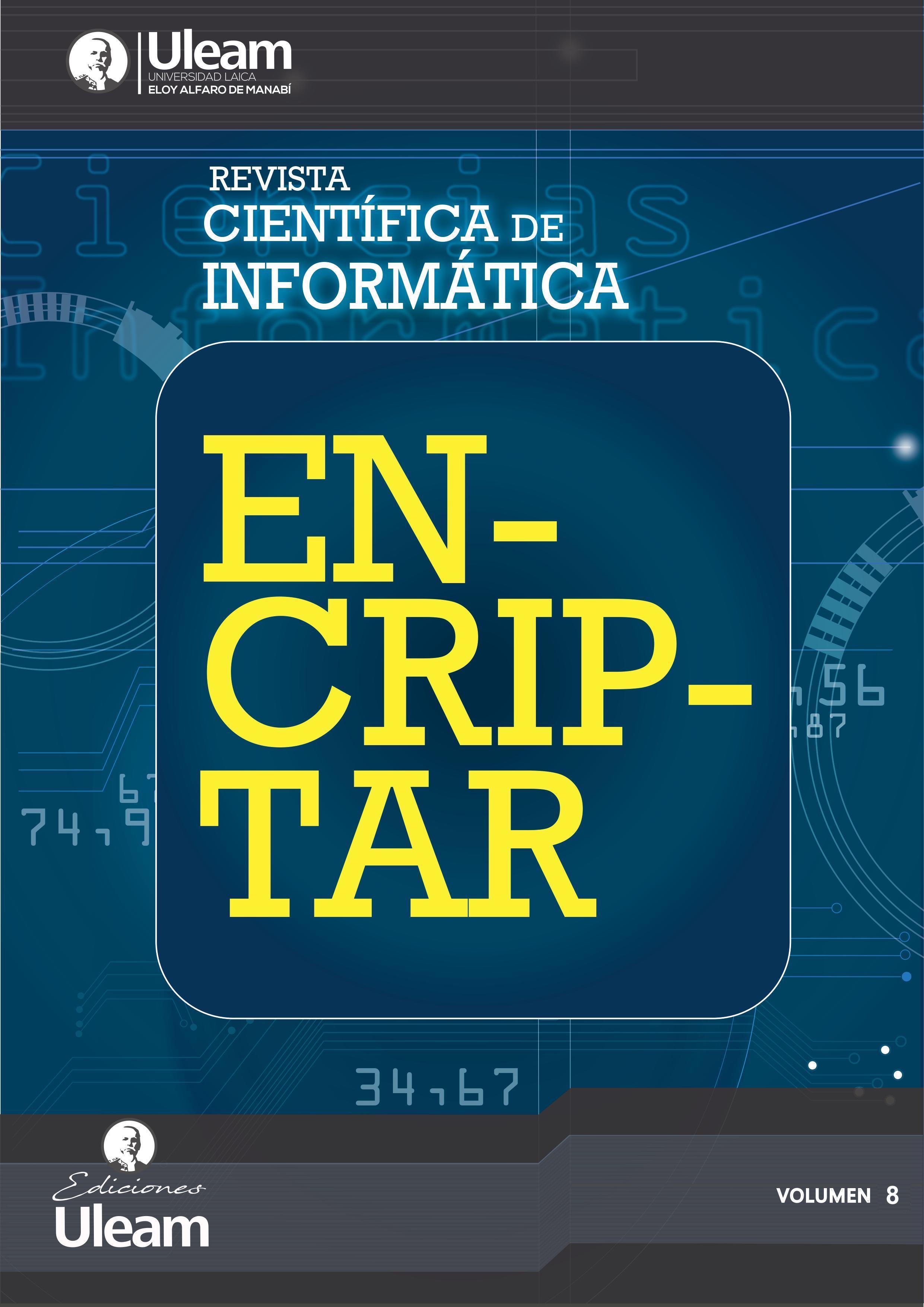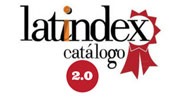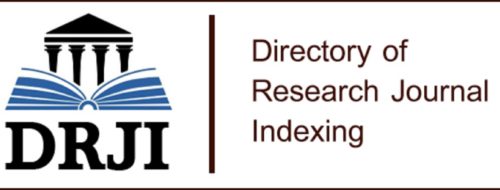Application of generative networks for balancing imbalanced data in agricultural images: a systematic review
DOI:
https://doi.org/10.56124/encriptar.v8i16.008Keywords:
GAN, deep learning, synthetic data, imbalanced datasetsAbstract
Class imbalance in agricultural image datasets is a major limitation in developing accurate machine learning models, especially in computer vision tasks. This article presents a systematic literature review on the use of Generative Adversarial Networks (GAN) as a data balancing technique in this context. Following the PRISMA protocol, we analyzed studies published between 2021 and 2025 from ScienceDirect, SpringerLink, and Google Scholar. The review assessed aspects such as GAN architectures used, dataset characteristics, performance metrics, and integration with other classification techniques. Results indicate that GAN can significantly improve model accuracy and generalization by generating realistic synthetic data. However, methodological challenges remain regarding validation procedures, public data availability, and standardization of evaluation criteria. This review concludes that GAN are an emerging and promising approach to enhance precision agriculture, provided that robust validation and documentation practices are employed.
Downloads
References
Araújo, S. O., Peres, R. S., Ramalho, J. C., Lidon, F., & Barata, J. (2023). Machine learning applications in agriculture: Current trends, challenges, and future perspectives. Agronomy, 13(12), 2976. https://doi.org/10.3390/agronomy13122976
Booth, A., Sutton, A., & Papaioannou, D. (2016). Systematic approaches to a successful literature review (2nd ed.). SAGE Publications.
Cardas Ezeiza, C. (2020). Análisis supervisado de imágenes aéreas usando técnicas de aprendizaje profundo aplicado a detección de cultivos tropicales [Trabajo de Fin de Grado, Universidad de Málaga].
Condran, S., Bewong, M., Islam, M. Z., Maphosa, L., & Zheng, L. (2022). Machine learning in precision agriculture: A survey on trends, applications and evaluations over two decades. IEEE Access, 10, 73786–73816. https://doi.org/10.1109/ACCESS.2022.3188649
Ezeiza, C. C. (2020). Análisis supervisado de imágenes aéreas para detección de cultivos tropicales. RIUMA. https://riuma.uma.es/xmlui/handle/10630/20335
García-Pedrajas, N., Sánchez-Pérez, M., & Cruz-Ramírez, N. (2023). Generative adversarial networks (GANs) for image augmentation in agriculture: A systematic review. Computers and Electronics in Agriculture, 210, 107987. https://doi.org/10.1016/j.compag.2023.107987
Maciel, D., Almeida, F., Silva, A., & Fernandes, J. (2024). Mapeamento bibliométrico do uso de GANs na agricultura. Revista SODEBRAS, 1(1), 15–28. https://doi.org/10.29367/h1t3jh97
Martínez Silva, O. (2021). Clasificación de imágenes de área amplia utilizando redes neuronales convolucionales. Aplicación en agricultura de precisión. Pereira : Universidad Tecnológica de Pereira. Disponible en: https://hdl.handle.net/11059/13480
Meshram, V., Patil, K., Meshram, V., Hanchate, D., & Ramkteke, S. D. (2021). Machine learning in agriculture domain: A state-of-art survey. Artificial Intelligence in the Life Sciences, 1, 100010. https://doi.org/10.1016/j.ailsci.2021.100010
Okoli, C. (2015). A guide to conducting a standalone systematic literature review. Communications of the Association for Information Systems, 37(1), 879–910. https://doi.org/10.17705/1CAIS.03743
Page, M. J., McKenzie, J. E., Bossuyt, P. M., Boutron, I., Hoffmann, T. C., Mulrow, C. D., ... & Moher, D. (2021). The PRISMA 2020 statement: An updated guideline for reporting systematic reviews. BMJ, 372, n71. https://doi.org/10.1136/bmj.n71
Petticrew, M., & Roberts, H. (2006). Systematic reviews in the social sciences: A practical guide. Blackwell Publishing.
Tripathi, P., Kumar, N., Rai, M., & Dubey, A. (2023). Applications of machine learning in agriculture. In P. Tripathi (Ed.), Emerging Technologies in Agriculture (pp. 112–140). IGI Global. https://doi.org/10.4018/978-1-6684-6418-2.ch006
Published
How to Cite
Issue
Section
License
Copyright (c) 2025 Scientific Journal of Informatics ENCRYPT - ISSN: 2737-6389.

This work is licensed under a Creative Commons Attribution-NonCommercial-ShareAlike 4.0 International License.















